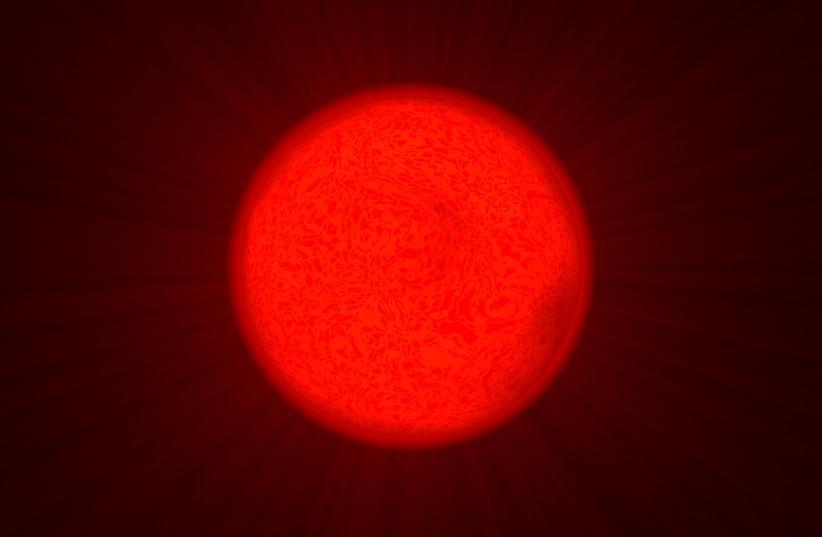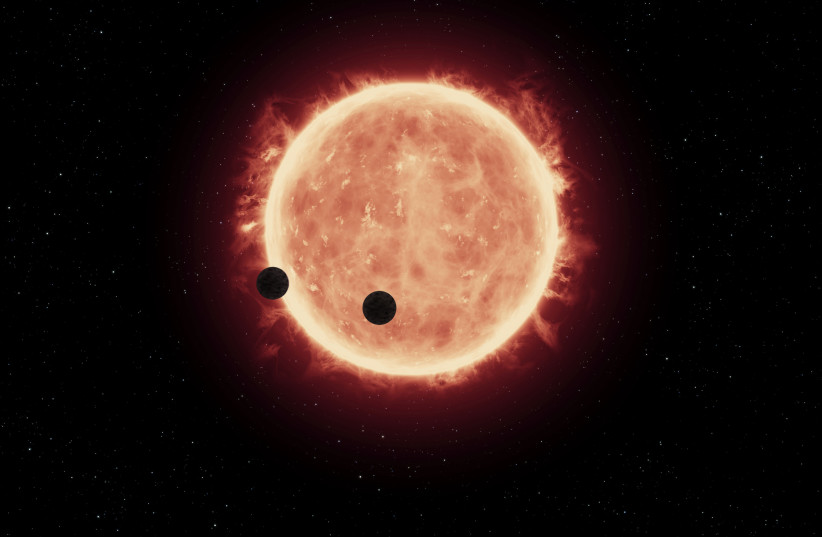Astronomers discover 'marshmallow' planet 580 light years away
Astronomers announced that they were able to identify a reddish exoplanet that is similar in density to marshmallows.
Is the Milky Way actually a magical candy kingdom?
Sadly no, but while in the past, scientists have discovered planets with the density of cotton candy, now, they found one with the density of a marshmallow. According to them, it is the softest exoplanet discovered so far, orbiting a red dwarf star.
The new planet is called TOI-3757b, and it is a gas giant in the constellation Auriga, about 580 light years away. TOI-3757b completes one orbit around its star every 3.43 days.
'Marshmallow' world defies expectations for planets orbiting red dwarf stars
The marshmallow star was detected by the TESS space telescope, and is slightly larger than Jupiter. Jupiter is around 318 Earth masses, with an average density of 1.33 grams per cubic centimeter. The average density of TOI-3757b is 0.27 grams per cubic centimeter.
It is an extremely fluffy exoplanet - so soft that it is unclear how it could have formed so close to its star.

What is the significance of such a discovery?
This discovery is important because it indicates that it is possible to find planets with large gas envelopes that closely surround dwarf stars. Because atmospheres are considered one of the key planetary features that allow life to form and thrive, this will have implications for our understanding of human habitability on planets orbiting red dwarf stars.
It was once common to think that large planets orbiting red dwarf stars were difficult to form, according to Shubham Kanodia, a researcher at Carnegie Institution for Science’s Earth and Planets Laboratory and first author of a paper published in The Astronomical Journal.
Kanodia explained that until TOI-3757b, there was no large enough sample to find something of the sort.
Red dwarf stars are the most abundant stars in the Milky Way. They are very small and dim - so dim, you can't see them with the naked eye. This, despite the fact that they make up about 73% of all stars in the Milky Way.
Because they are small, they burn slower and the temperature in them is lower than in stars like our Sun. Because of this, they have a significantly longer lifespan.
The lifespan of our Sun is estimated to be at about 10 billion years. Red dwarf stars are expected to live for trillions of years. The long lifespan of red dwarf stars, along with their massive abundance in the galaxy, suggests that if there is life on another star, then it might appear on a planet orbiting a red dwarf star.
The team of researchers hopes to find and learn about more such marshmallow planet.
Tess Telescope Just Discovered A Fluffy Marshmallow Planet That Defies All Logic
Red Dwarf Theme Song
PLEASE RECOMMEND THIS PAGE & FOLLOW THE SPUTNIKS ORBIT AT HTTPS://DISQUS.COM/HOME/FORUM/THESPUTNIKSORBIT-BLOGSPOT-COM



No comments:
Post a Comment